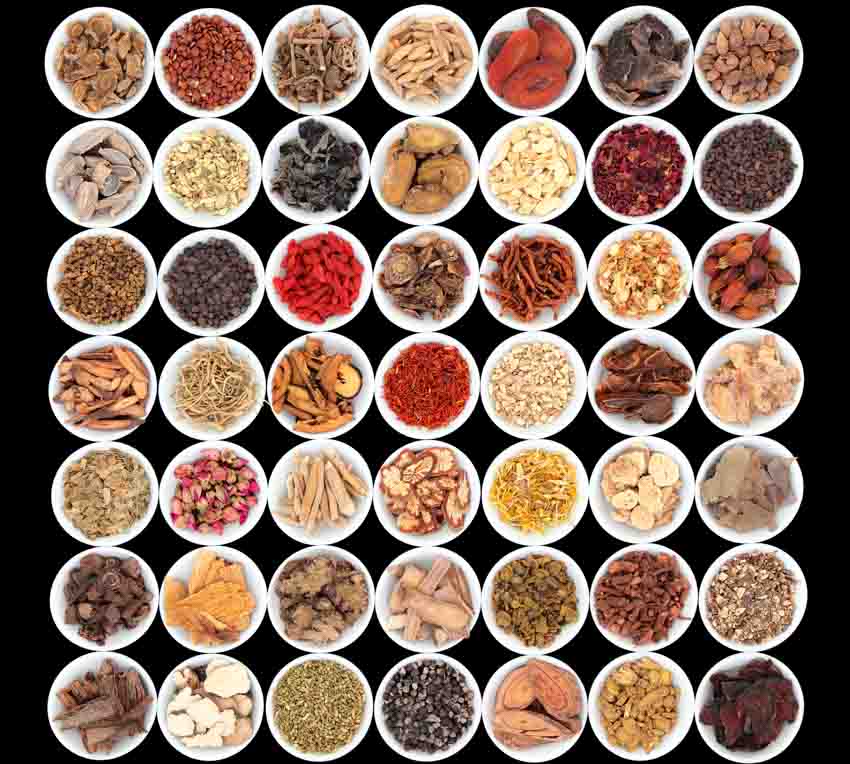
Acupuncture and herbs are effective for the treatment of chronic epididymitis, a condition characterized by testicular tube inflammation. Symptoms include local pain and swelling. Researchers conclude that a combination of acupuncture and Tian Tai Wu Yao San Chinese medicine herbal formula provides relief from chronic epididymitis and is superior to conventional antibiotic treatment. The findings were confirmed by Xi’an Medical School Affiliated Baoji Hospital (Shanxi, China) researchers using color doppler flow imaging, testicular blood flow readings, and measurements of the epididymus diameter. [1]
The study compared combined acupuncture and herbs with antibiotics in 76 cases of chronic epididymitis (cold-dampness stagnation type). The total effective rate in the acupuncture group was 89.47% compared with 65.79% in the antibiotic control group. The acupuncture group also experienced significantly greater improvements in testicular blood flow and epididymis diameter.
The 76 men recruited for the study were randomly assigned to the acupuncture group (n=38) or the control group (n=38). The participants in the acupuncture group were ages 25–56 years (mean age 39.42 years) and had a disease duration between three months and six years (mean duration 3.45 years). The participants in the control group were ages 24–57 years (mean age 38.12 years) and had a disease duration between three months and six years (mean duration 3.59 years). The baseline characteristics of the two groups were comparable.
Exclusion criteria for the study included the following: coronary heart disease, hypertension, cardiac or pulmonary dysfunction, epididymitis due to seminal vesiculitis, prostatitis, urethritis, or cystitis. All patients gave informed consent to participate in the study.
Treatment
Participants in the control group received antibiotic treatment starting with a cefazolin intravenous infusion (3 g), twice each day. Once the patients’ body temperatures returned to normal, they were switched onto oral cefalexin (375 mg), three times each day. Treatment was continued for 30 days. Participants in the acupuncture group received treatment at the following acupoints:
- Zusanli (ST36)
- Sanyinjiao (SP6)
- Zhongji (CV3)
- Guanyuan (CV4)
- Qugu (CV2)
- Dadun (LV1)
- Qihai (CV6)
Needles were manipulated using a balanced reinforcing-reducing method and were retained for 30 minutes. In addition, participants in the acupuncture group were prescribed Tian Tai Wu Yao San herbal formula with the functions of warming the kidneys, dispelling cold, moving qi, and resolving pain. The formula was comprised the following herbs:
- Wu Yao 20g
- Xiao Hui Xiang 20g
- Yan Hu Suo 20g
- Wu Zhu Yu 15g
- Pu Huang 15g
- Qing Pi 15g
- Mu Xiang 15g
- Rou Gui 15g
- Bing Lang 15g
- Chuan Lian Zi 15g
- Gui Zhi 10g
- Bai Shao 10g
- Gao Liang Jiang 10g
- Gan Cao 10g
The herbs were simmered in water to yield 400 ml of liquid, which was split into two doses, taken morning and evening. Treatment was continued for 30 days.
Outcomes And Discussion
Outcome measures for the study included testicular blood flow as measured by CDFI (Color Doppler Flow Imaging), epididymis diameter, and the total treatment effective rate. Safety was monitored throughout the study period.
Testicular blood flow (CDFI) was measured before and after treatment and the participants were classified as Grade I–IV, dependent on the results. Grade I patients showed no obvious doppler signals. Grade II patients showed thin or sparse signals with a dim color. Grade III patients showed stronger signals and a brighter color, and Grade IV patients showed the strongest and brightest signals of all. The higher the grade, the more severe the epididymitis.
Prior to treatment, the control group comprised seven Grade I, 13 Grade II, 14 Grade III, and four Grade IV patients and the acupuncture group comprised six Grade I, 14 Grade II, 15 Grade III, and three Grade IV patients. Following treatment, the respective number of patients in each grade was 13, 11, 12, and two in the control group and 16, 10, 11, and one in the acupuncture group. Both groups showed significant improvements following treatment, but improvements were significantly greater in the acupuncture group.
Epididymis diameter was measured at the body, tail, and head of the epididymis before and after treatment. A lower diameter was associated with a greater improvement in the condition. Prior to treatment, the control group had a mean body diameter of 0.69 cm, a mean tail diameter of 1.35 cm, and a mean head diameter of 1.63 cm. In the acupuncture group, these measurements were 0.68 cm, 1.34 cm, and 1.65 cm, respectively. Following treatment, these measurements decreased to 0.61 cm, 1.19 cm, and 1.23 cm in the control group and 0.52 cm, 0.93 cm, and 0.84 cm in the acupuncture group. Both groups experienced significant improvements following treatment, but these improvements were significantly greater in the acupuncture group.
The total treatment effective rate was calculated. Each participant was classified as either recovered, effectively treated, or ineffectively treated according to their degree of improvement. In the control group, there were 12 recovered, 13 effective, and 13 ineffective cases, giving a total effective rate of 25/38 (65.79%). In the acupuncture group, there were 15 recovered, 19 effective, and four ineffective cases, giving a total effective rate of 34/38 (89.47%).
Safety was measured by blood and urine analysis, ECG (electrocardiogram), and hepatic and renal function tests conducted throughout the study period. No abnormalities were found, indicating a high degree of safety. The results of this study show that acupuncture combined with Tian Tai Wu Yao San formula is a safe and effective treatment for chronic epididymitis and is significantly more effective than conventional antibiotic treatment.
Notes
1. Kong Dejun (2019) “Tian Tai Wu Yao San Combined with Acupuncture in the Treatment of 38 Cases of Cold and Damp Stagnation Type Chronic Epididymitis” Modern Traditional Chinese Medicine Vol.39 (1) pp. 68, 69, 91.


